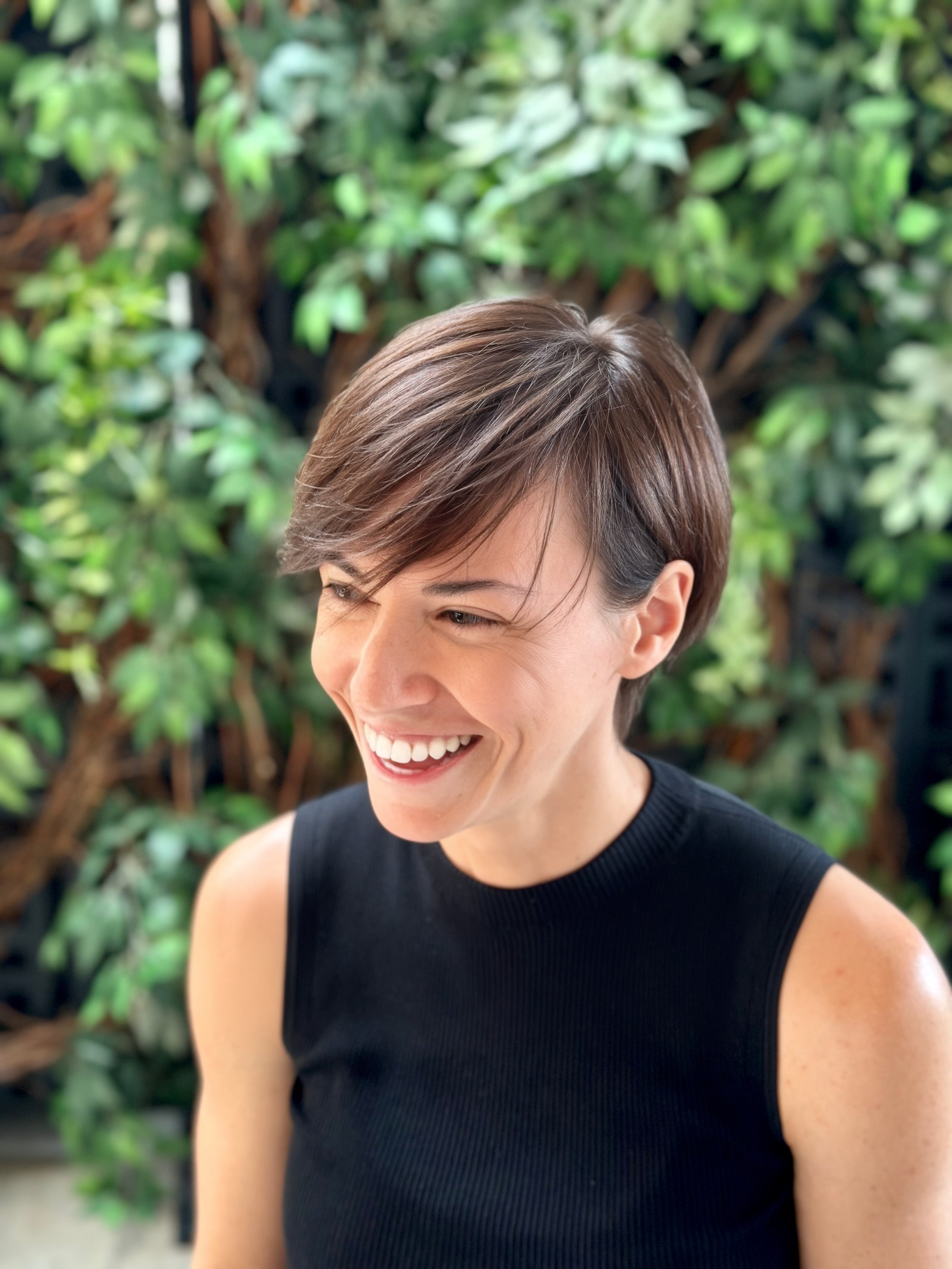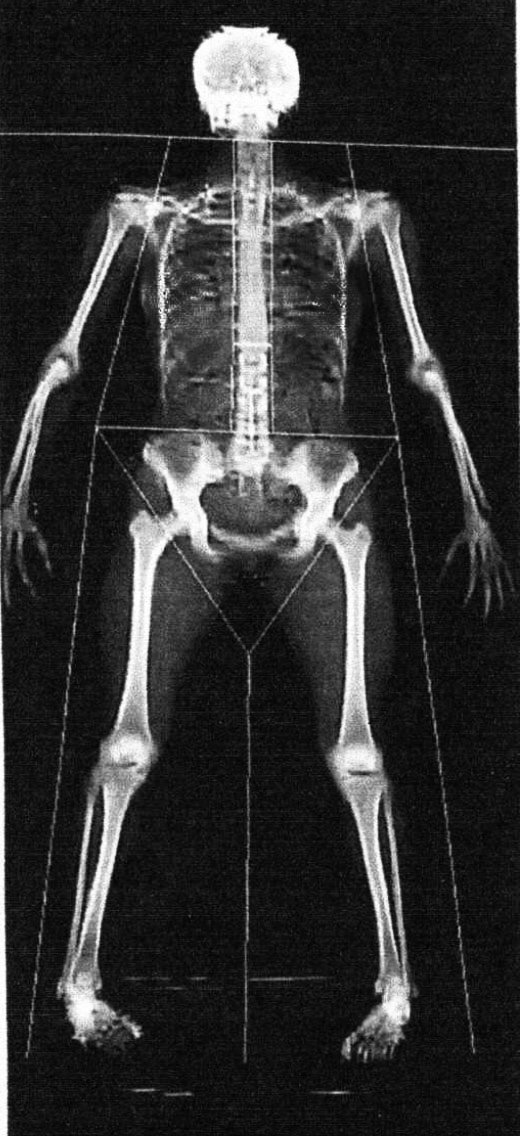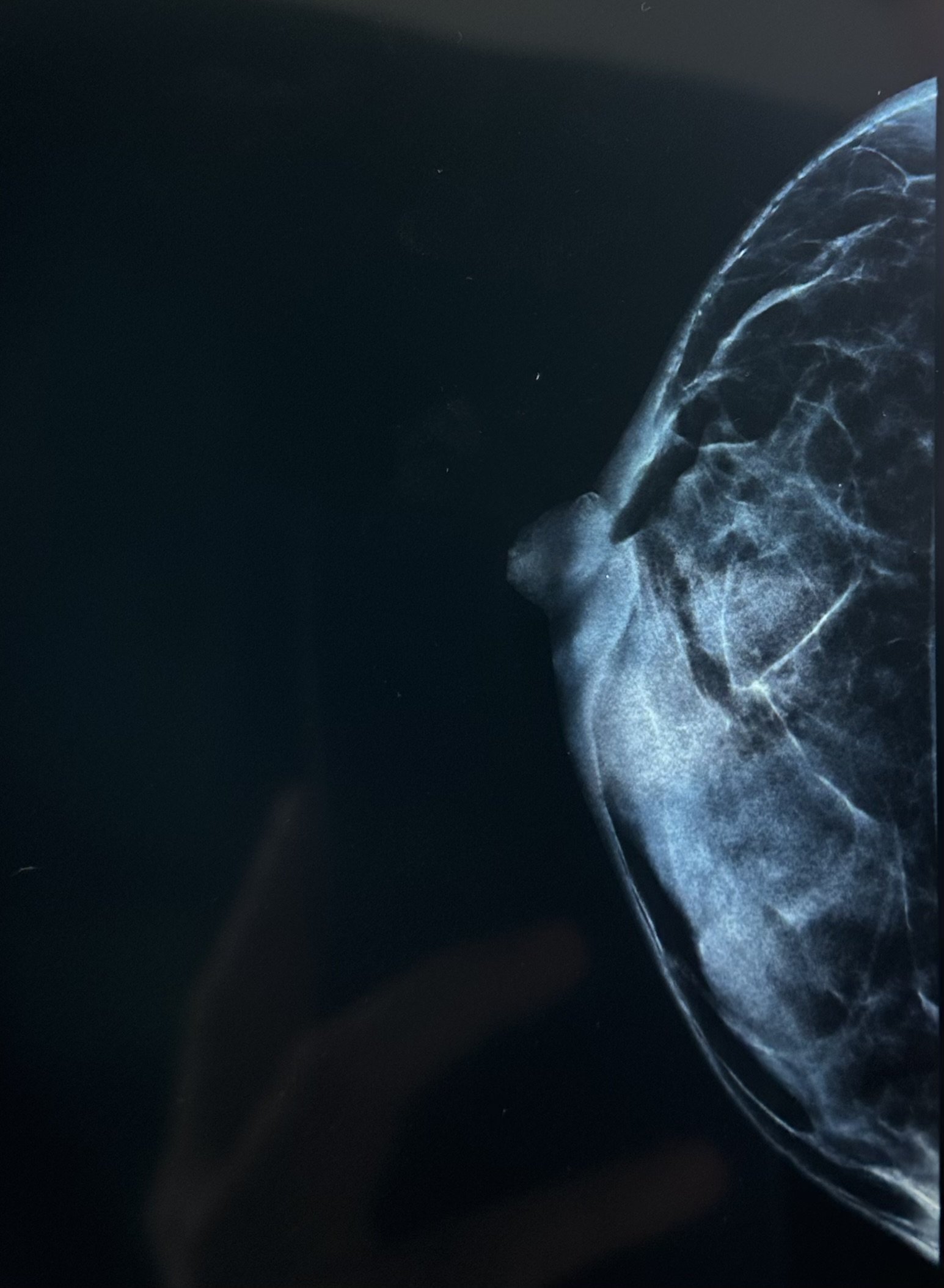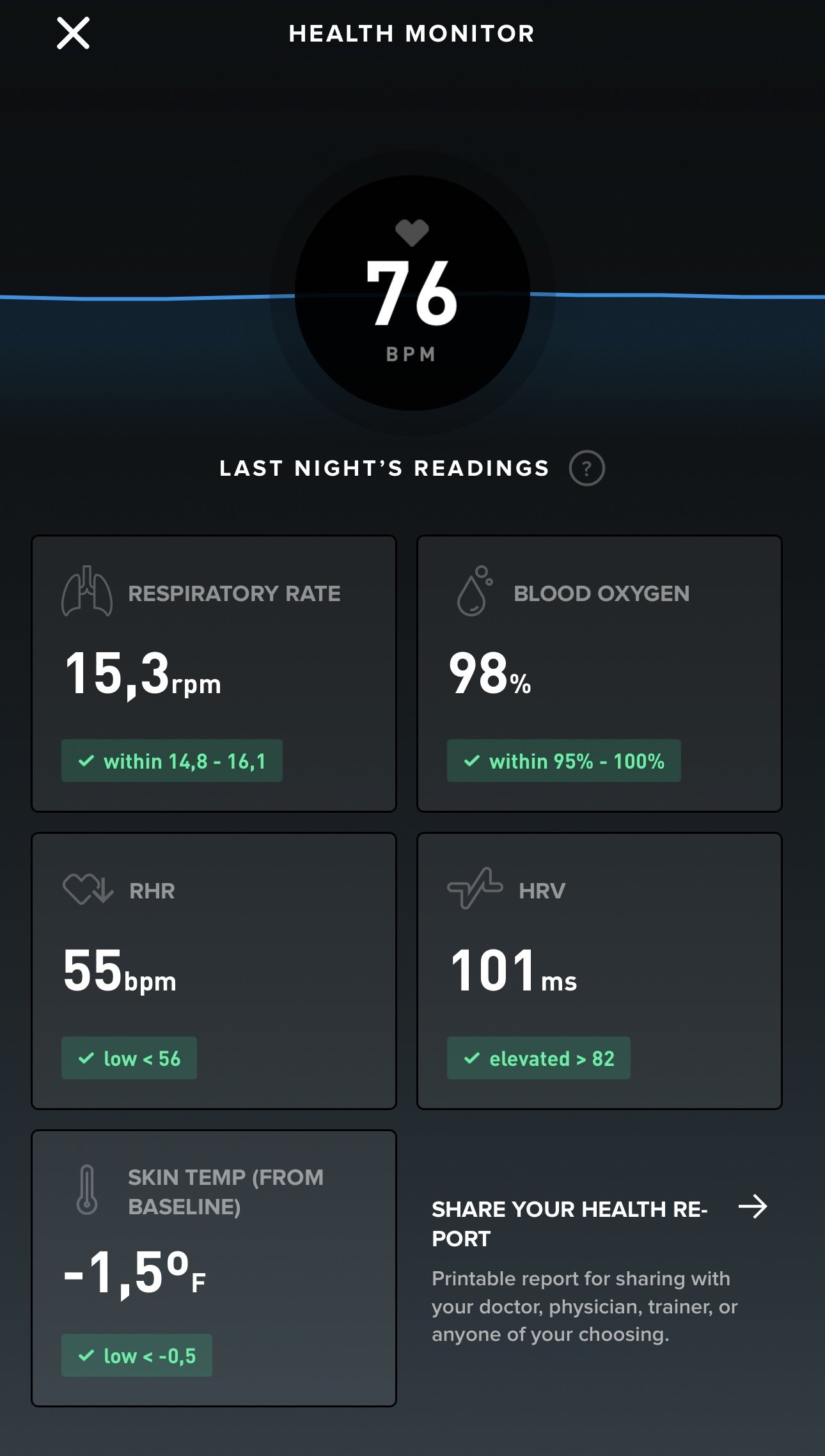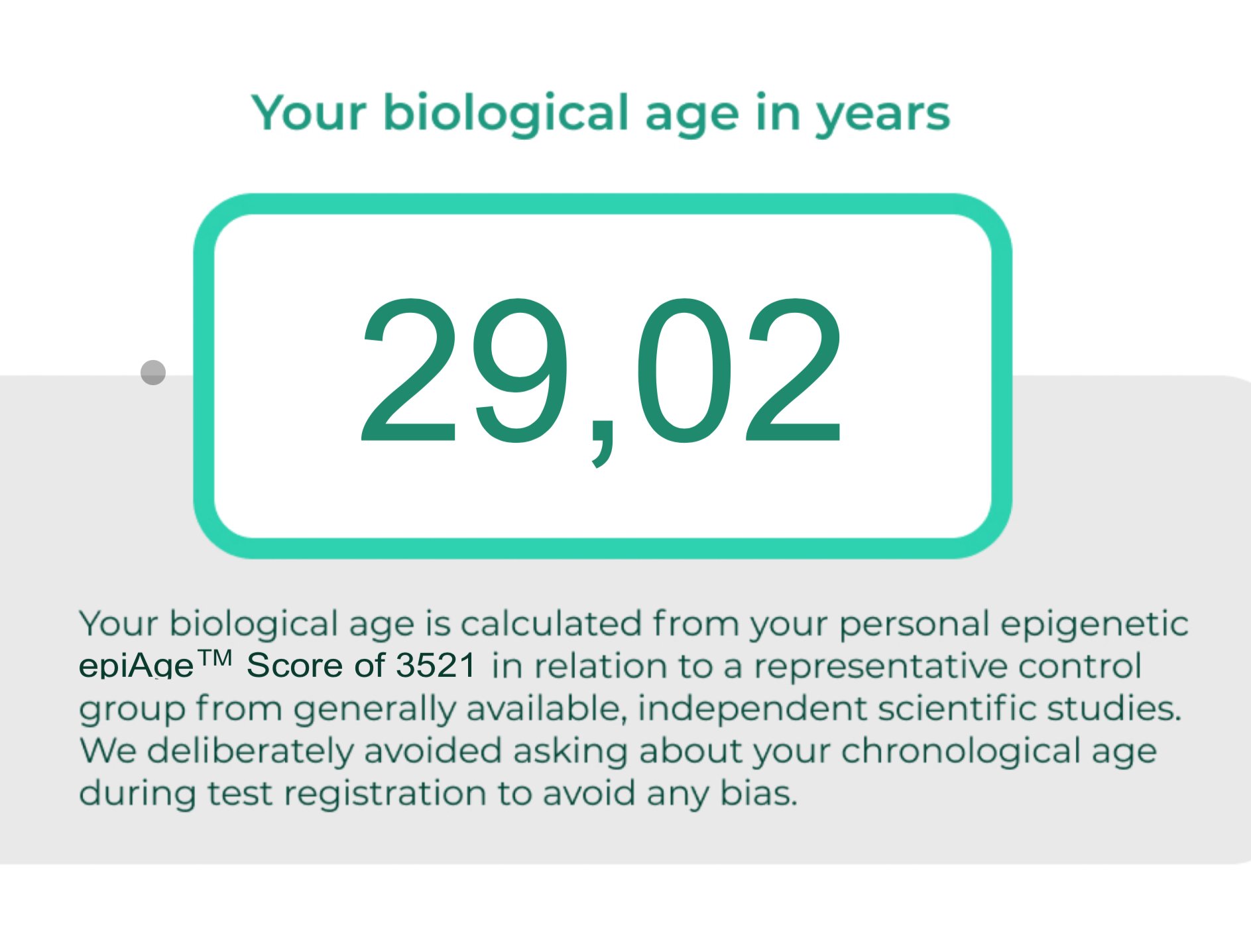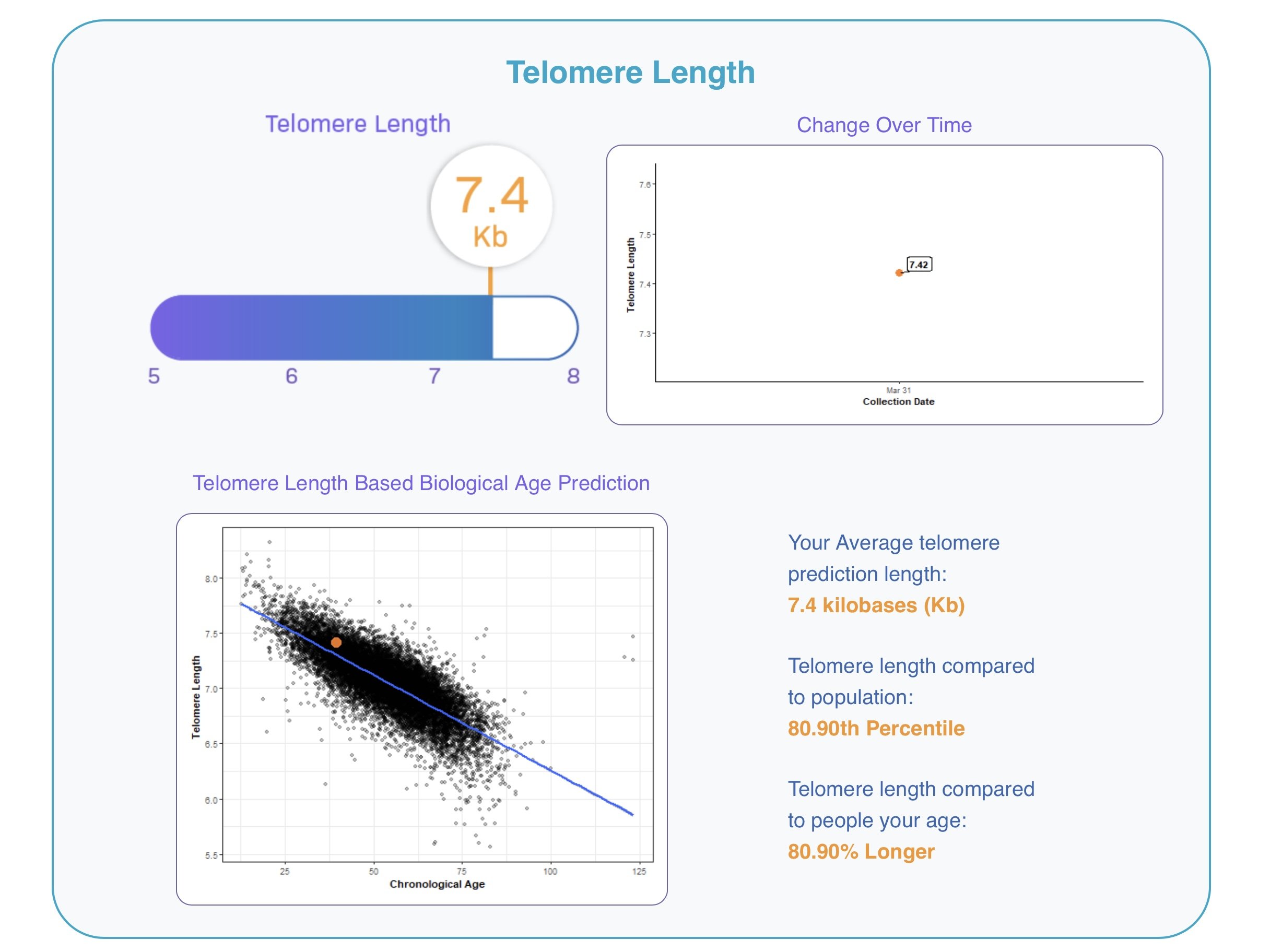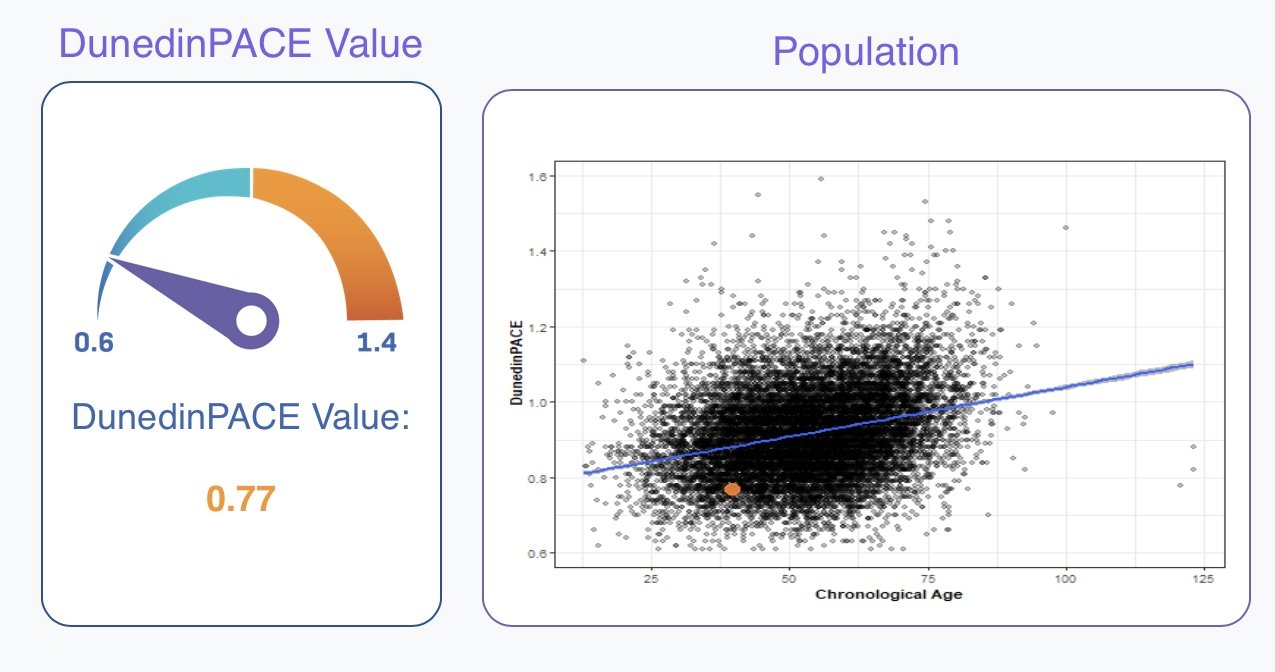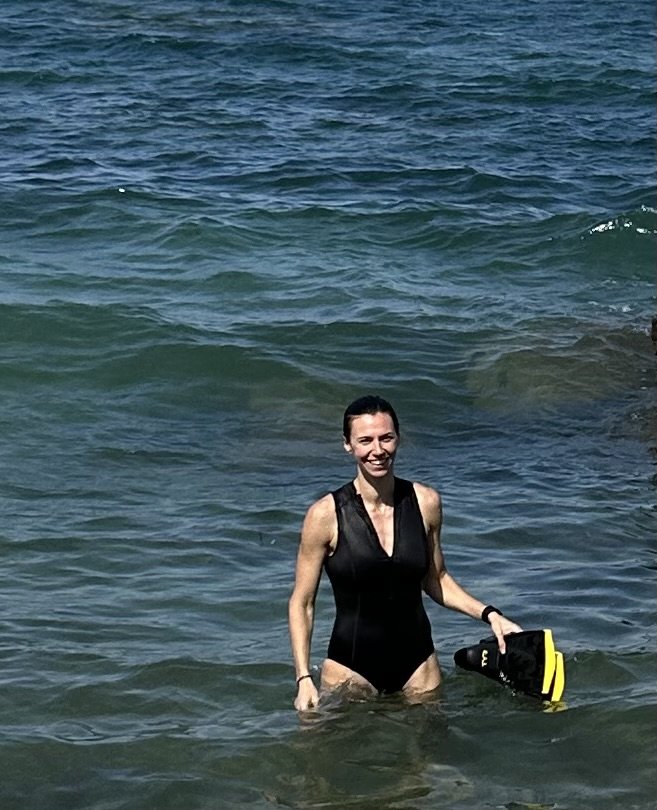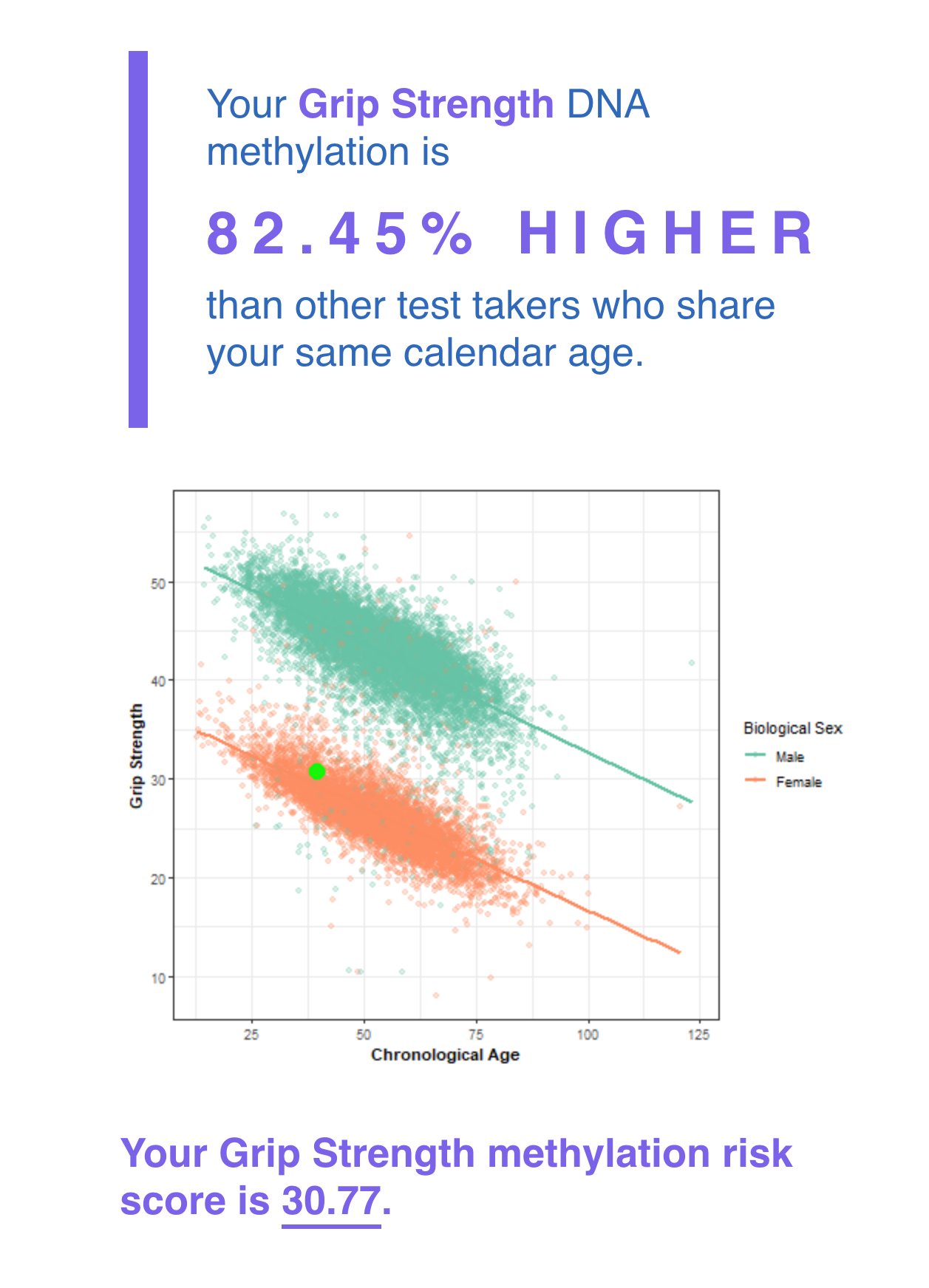This is my personal blog documenting my longevity journey and thoughts on different technologies.
Why - A different approach
Longevity isn't just about living longer; it's about keeping high performance for many, many years. And it's not only about diet, exercise, or supplements.
At this point, we are a blend of humans and technology. We live in digital interfaces most our time, surrounded by information-rich ecosystems. Our bodies, and especially our brains, face stimulations different from the humans of the past. To achieve optimal health and performance, we need to take advantage of our current environment, not the environment of the past (see Blue Zones).
Living in cognitively stimulating environments, such as NYC, and aligning with technology can be our modern 'supplements' for both mind and body.
Along the way, I'll try new technologies, expose myself to different environments, assess their impact on longevity biomarkers, and publish my findings.
This is an experiment. I learn with you throughout the process.
Body Assessment Baseline (2023)
This past September (2023), a month before I turned 40 years old, I dedicated part of the month to undergoing preventative tests. These went beyond the scope of a regular check-up, with the goal of establishing my baseline. Instead of using a clinic, I conducted these tests with the help of my doctors, including my endocrinologist, longevity doctor, and preventive medicine doctor.
Before undergoing these measurements, I followed a "let's see what my body can do" lifestyle.
Stimulation: I live in NYC and work on a screen daily, taking breaks for city walks and workouts. I read about new technologies at least 4 hours per day. Every 2-3 months, I travel.
Diet and exercise: My diet includes fatty fish, greens, legumes, nuts, a lot of olive oil, low carbs, no sugar, and red wine occasionally. For exercise, I mainly do contemporary dancing, strength training, barre, and tennis.
Interventions: No supplements, cosmetic surgeries and botox.
Devices: I use WHOOP to measure sleep and recovery, Keto mojo and Lumen to measure ketosis and dexcom for glucose monitoring.
Measurements
Here is what I did:
I started with a check for potential cancerous tumors. I believe it's essential to first identify any suspicious findings or diseases before optimizing the body. I took the Galleri Test, which detects 50 types of cancers through a liquid biopsy, and then underwent a full-body MRI with Ezra, which scans all organs from the brain to the feet for any suspicious findings. These two tests complement each other.
Unfortunately, the MRI doesn't capture the inside of the colon, so a colonoscopy and gastroscopy are also required. Additionally, for organs in motion, like the heart and lungs, a CT scan provides better imaging.
Also, even though a full-body MRI gives a broad overview, it doesn't replace the detailed checks you get from a pelvic exam or a mammogram/breast ultrasound. You still need the specialized tests from a gynecologist and endocrinologist.
For my first mammogram this year I chose 3D tomosynthesis for higher accuracy.
To measure and assess blood flow in arteries and veins I did a heart and vascular triplex and a carotid artery ultrasound (Doppler). I also had a thyroid ultrasound (Doppler) to check for thyroid nodules and their activity.
Then I proceeded with a DEXA bone density and muscle/fat composition scan.
After completing the scans, I moved on to blood tests examining protein/homocysteine levels, hormones, inflammation, immune system, vitamins, nutrients, and infectious diseases.
I then shifted to more detailed tests focusing on gut and cellular health.
Specifically, a Gut Microbiome Analysis, which included:
Quantitative determination of normal intestinal flora,
Indicators of food component digestion,
Indicators of nutrient absorption from foods,
Inflammatory indicators of the gastrointestinal system,
Indicators of the immunological status of the intestine,
Microbiological check for the presence of pathogenic microbes.
Check for the presence of parasites.
And a Cellular Health Test, examining:
Carbohydrate, protein, lipid metabolism,
Neural cell and neurotransmitter metabolism,
Cellular energy production (Krebs cycle),
Adequacy in vitamins, trace elements, nutritional components,
Gastrointestinal function,
Oxidative stress and presence of oxidative damage in cells,
Hydration status of tissues,
Food intolerances.
I also had an eye exam to check for early signs of potential eye diseases and underwent cognitive and neurological assessments. I am planning to do more comprehensive brain tests using advanced devices and will write more about this in the future.
Lastly, I assessed my biological age through TruDiagnostic, epiAge and GlycanAge and took a DNA test with 23andMe and @Nebulagenomics.
Findings and actions
I received some good and surprising findings regarding my biological age.
My epiAge biological age was determined to be 29 years old - 10 years younger than my chronological age. EpiAge purposely avoids asking for your chronological age during testing to prevent any bias.
In contrast, the TruDiagnostic test provides two biological ages and unlike epiAge, TruDiagnostic compares results with those of other individuals my age who took the test.
The extrinsic epigenetic age, which combines cellular aging with the health of the immune system to provide an overall aging estimate, was 29 years old.
My intrinsic epigenetic age, which measures aging at the cellular level without factoring in the immune system, was 44 years old, four years older than my chronological age.
What does this mean? I was surprised by the vast differences between the two. The Truediagnostic team explained that based on their sample, my cells have an image closer to 44 years old. But my overall biological age, including the immune system's strength, is 29. These numbers fluctuate, so a stress event (e.g., infection, inflammation) could influence these numbers. A month before I took this test, I had a bad flu lasting more than 10 days. So, probably, this could have affected the results (?).
The telomere length was 80% longer compared to people my age.
My pace of aging is 0.77. If I maintain this rate, I'll reduce my aging by 2.3 years over the next decade.
My physical fitness report, which includes measurements of VO2 max, grip strength, FEV1, and gait speed, was exceptional, except for my FEV1 score. FEV1 measures lung function, specifically respiratory health. Despite regularly engaging in cardio activities and having no history of lung disease, this aspect of my health appears to be weaker, even though my VO2 max was 74.13% higher than that of other individuals my age who took the test.
Action: I've incorporated swimming into my weekly routine and began using a breathing training device.
All the screening tests yielded clear results. The MRI only indicated a potential endometrioma, which might be the underlying cause of my persistent period pains over the years.
Action: I will schedule a follow-up next year to monitor any changes in the endometrioma and its potential impact on my ovaries. Regarding the mammogram, my doctors have advised against repeating it next year to avoid radiation exposure. Instead, they recommend undergoing an ultrasound since there were no suspicious findings.
Total body fat % (from DEXA): 21%.
Action: no action.
The cell tests were generally good, but there were some surprises as well. My uric acid level (in the urine, not blood) was slightly elevated, which was unexpected since I didn't believe I followed a diet high in purines. However, I realized that I consume some purine-rich foods such as salmon, almonds, and sardines, which could be contributing to this elevation. Another potential factor for the elevated uric acid levels might be the intermittent fasting routine I started about two months ago. During fasting, the body relies on alternative energy sources, including the breakdown of stored proteins/amino acids and fats, which can lead to the production of uric acid as a waste product. If this is the cause, I expect my uric acid levels to return to normal when I retest in two months, as the body requires time to adapt.
Action: I have started taking B complex, coQ10, D-Ribose, and magnesium (Mito complex). Additionally, I have adjusted my consumption of salmon, seafood, sardines, and almonds to be in moderation.
The gut results indicate a mild inflammation, despite the absence of any symptoms.
Action: To address this, I have started Acido Butirrico (Butyric Acid) and G.S.E (Grape Seed Extract) to promote the growth of beneficial bacteria. Furthermore, I'm taking l-glutamine, n-acetyl glucosamine, whey, and probiotics, along with vitamins A, C, and E (GI complex). Lastly, after two months, I will incorporate bioacidophilus forte (live bacteria).
On the blood tests, the only noteworthy finding was a slightly elevated cortisol level, which has led me to the realization that I may be overexerting myself with exercise.
Specifically (a few notable biomarkers):
Homocysteine: 7.8 umol/L, CRP <3 mg/dL, Triglycerides: 42 mg/dL, LDL: 104 mg/dL, HDL: 72 mg/dL HbA1C: 5.2%, Testosterone: 20 ng/dL normal. Progesterone: normal based on my menstrual cycle. Estradiol: normal based on my menstrual cycle. FSH: normal based on my menstrual cycle. Vitamin D: normal based on my menstrual cycle. Ferritin: normal based on my menstrual cycle. Thyroid: normal based on my menstrual cycle.
Action: I'm taking more rest days, at least two per week instead of one. I've also reduced my sauna and cold shower sessions to twice a week instead of every day.
Learnings
Completing this comprehensive testing has boosted my confidence. Understanding how my body works and how my actions impact my health has given me a sense of control.
Most of the findings didn't have any symptoms, except for the period pains, which doctors often dismiss as "normal."
During the process, I experienced some anxiety, especially while waiting for the Galleri and MRI results. The glucose spikes also led me to drastically cut carbs. Sometimes, when trying to optimize something, you can go to extremes or become obsessed and inadvertently harm yourself in different ways. I believe I am better at managing this now.
It's crucial to grasp that our bodies are dynamic systems, and most biomarkers are momentary and reversible. If something is out of range, it means that something you do in your daily life disrupts your body's balance.
A healthy lifestyle is not one-size-fits-all; everyone is different. You need to find what works for you. For example, I follow a Mediterranean diet (low in carbs) because I was born and raised in Greece, but that doesn't necessarily apply to someone born in Asia or the Nordic countries.
Tracking my sleep, recovery, and stress with Whoop has shown some interesting connections. I've noticed that what I eat and what I do between meals and bedtime are closely related. For instance, taking a walk after dinner has improved my sleep, HRV and reduced my stress levels.
Monitoring my glucose levels has been an eye-opener. It's surprising to see how certain foods cause sharp spikes in glucose levels, affecting my sleep and overworking my pancreas throughout the day. For instance, even though I didn't consume sweets or syrups, just a small amount of honey in my morning coffee, a small protein cookie in the morning, an oat milk flat white during the day, and some carbs with dinner raised my HbA1C. Once I cut them, HbA1C dropped to 5.2%.
Balance is key. Even healthy foods can have negative effects on the body if consumed excessively. Exercise can lead to fatigue or stress the body if it doesn't get proper rest. Occasionally, some junk food might be necessary. The stress of completely avoiding it can be overwhelming sometimes.
It's crucial to use high-resolution 3D ultrasound machines while also avoiding radiation. For instance, I won’t undergo a CT scan or a mammogram anytime soon; instead, I will substitute them with a high-resolution ultrasound, though everyone's situation is different.
Many doctors will find it weird that you undergo through MRI while you don’t have any symptoms. But at the end of the conversation they will come to a conclusion by themselves that this is the best way to check the whole body. Doctors are humans and they are trained in a certain way. They also need time to get used to the idea of being proactive instead of reactive.
Also, next time I will schedule all these tests in 1 or max 2 days, otherwise it can become very draining.
For now, I will use only chemical interventions in the form of supplements. After measuring the changes, I will then proceed with digital interventions as well.
